1. The Great Seal of the United States
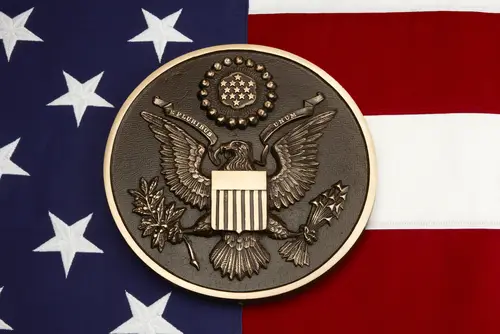
Flip over a dollar bill and you’ll find one of America’s most mysterious symbols—the Great Seal. The all-seeing eye, the unfinished pyramid, the Latin phrases—they’ve all fueled conspiracy theories for decades. But these images were meant to represent something far less sinister: divine guidance, strength, and the unfinished work of building a republic. The pyramid’s incomplete top was a deliberate choice, symbolizing growth and progress.
The seal was finalized in 1782 after six years of debate among Founding Fathers. Each element was chosen to reflect ideals, not power—E Pluribus Unum (“Out of many, one”) being the most crucial. When it ended up on currency in 1935, it became a pop-culture magnet for mystery lovers. Its mystical vibe endures precisely because it was meant to transcend its era.
2. The Liberty Bell
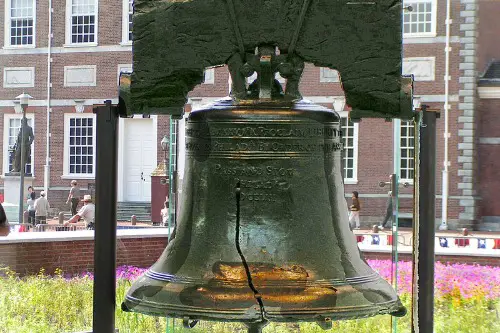
The Liberty Bell is one of America’s most recognizable icons, symbolizing freedom and independence. But what many people don’t know is that it cracked almost immediately after it was first rung in 1752. The famous “Liberty” inscription actually predates the Revolution—it was chosen for a Pennsylvania Assembly building long before independence was on anyone’s mind. Its eventual adoption by abolitionists in the 1830s gave it the freedom symbolism we associate with it today.
The bell’s “voice” may be silenced, but its imperfections made it even more powerful. The crack has become a metaphor for America’s ongoing struggle to live up to its ideals. People lined up for miles to see it during its nationwide tour in the late 1800s, treating it almost like a relic. It’s a reminder that even symbols of freedom can carry the weight of flaws and contradictions.
3. The Bald Eagle
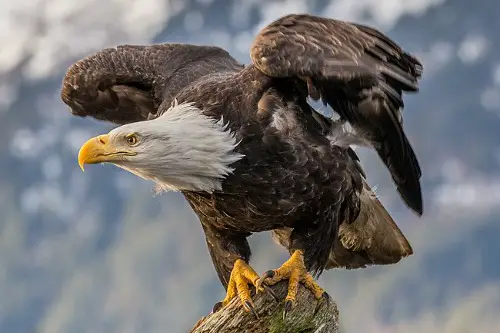
When the bald eagle was chosen as the national bird in 1782, not everyone was on board. Benjamin Franklin famously argued that the turkey would have been a more “respectable” choice. The bald eagle, he said, was a scavenger that stole food from smaller birds and had a “bad moral character.” But the Continental Congress wanted a creature that embodied strength and independence—so the eagle won out.
Ironically, the bald eagle was nearly wiped out by hunting and pesticide use by the mid-20th century. It wasn’t until the Endangered Species Act of 1973 that its population began to recover. Today, seeing an eagle soaring overhead feels like a small miracle given how close we came to losing it. It’s a comeback story that makes the symbol even more meaningful.
4. The Statue of Liberty
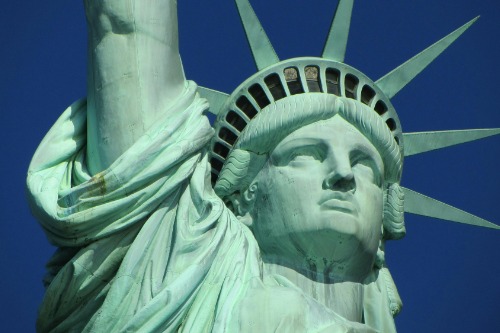
Most people know the Statue of Liberty as a gift from France, but they often miss the deeper politics behind it. French abolitionists helped drive the project, seeing the statue as a statement against slavery and oppression. That’s why Lady Liberty’s broken chains—resting near her feet—are so important, though they’re rarely photographed. The statue wasn’t just about welcoming immigrants; it was about freedom from tyranny in every form.
When the statue was unveiled in 1886, not everyone was thrilled. Women’s suffrage groups protested because the “symbol of liberty” didn’t represent them—they still couldn’t vote. Over time, the statue’s meaning evolved to center on immigration and hope, particularly after the addition of Emma Lazarus’s poem. Its layers of symbolism make it one of the most complex icons in American culture.
5. The American Flag
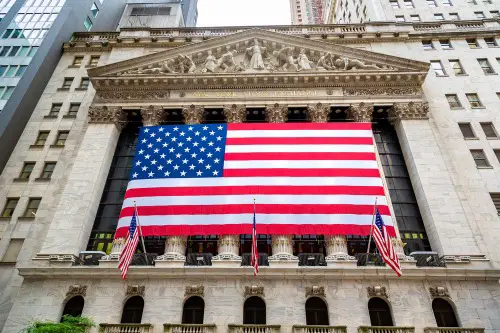
We treat the flag like a sacred object, but its design has evolved more than 25 times. The original version in 1777 had 13 stars in a circle, representing unity among colonies. Over the centuries, stars were added with each new state, leading to the 50-star design in 1960 after Hawaii joined. The flag’s changes reflect the nation’s own growth and tensions between unity and diversity.
The flag’s emotional power really took hold during the Civil War, when both sides used it to rally soldiers. After that, it became a central symbol in nearly every national conflict or movement—from World War II patriotism to Vietnam War protests. Even burning it became a form of expression the Supreme Court had to wrestle with. It’s not just a flag—it’s a constantly evolving conversation about what America is.
6. The Lincoln Memorial
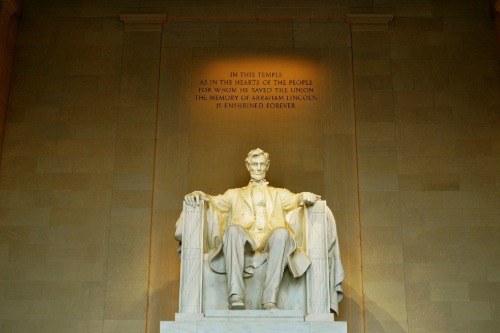
The Lincoln Memorial is revered as a temple to unity and equality, but its design hides subtle messages. Architect Henry Bacon modeled it after the Parthenon, tying Lincoln’s legacy to democracy’s ancient roots. Sculptor Daniel Chester French even made Lincoln’s hands different—one clenched, one relaxed—to show both strength and compassion. Visitors often overlook those details, focusing instead on its grandeur.
When it opened in 1922, segregation was still law in D.C.—and Black attendees were forced to sit apart. That irony wasn’t lost on anyone, and it’s part of why the memorial became a key site for civil rights events. Martin Luther King Jr.’s “I Have a Dream” speech cemented its new meaning as a symbol of justice. It’s a space where America’s ideals are constantly redefined.
7. The Liberty Tree
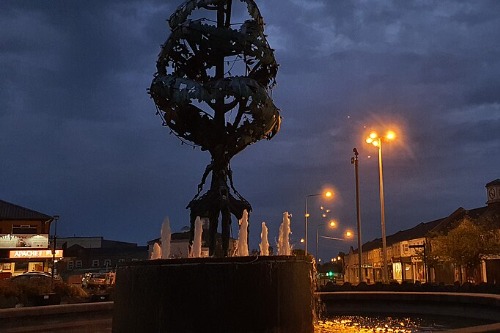
Before there was the Liberty Bell, there was the Liberty Tree—a real elm in Boston where colonists gathered to protest British rule. It became a meeting point for the Sons of Liberty and a rallying symbol for resistance. The British eventually cut it down in 1775 to stamp out that spirit. But the idea of “liberty trees” spread across the colonies, symbolizing defiance and hope.
Over time, the original tree faded from memory, replaced by physical monuments and flags. Yet its spirit still shows up in grassroots movements and protests across American history. It’s a reminder that symbols don’t have to be man-made to be powerful. Sometimes they grow naturally—rooted in struggle and community.
8. The Washington Monument
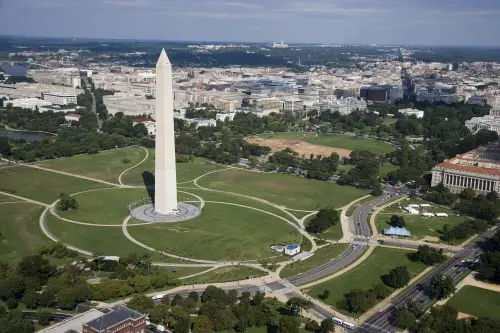
The Washington Monument looks like a simple obelisk, but its construction story says otherwise. Work began in 1848, but funding dried up during the Civil War, leaving it unfinished for decades. When construction resumed, builders had to use marble from a different quarry, creating the visible color change halfway up. That line is a literal scar from a divided nation.
The obelisk shape itself was inspired by ancient Egypt, meant to evoke timelessness and reverence. At the time, it was the tallest structure in the world—an audacious statement for a young democracy. Its engineering was groundbreaking, using iron reinforcement that was rare in the 1880s. Today, it’s both a marvel and a reminder of persistence through turmoil.
9. The Don’t Tread on Me Flag
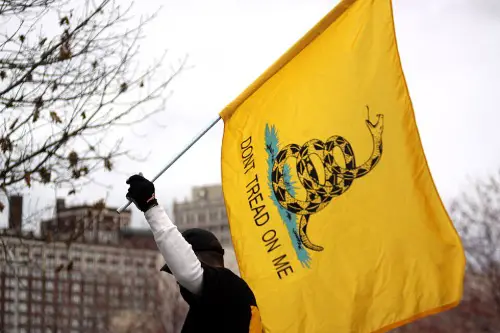
The “Don’t Tread on Me” flag, also known as the Gadsden flag, started as a Revolutionary War naval ensign. Its coiled rattlesnake symbolized vigilance and readiness to strike if provoked. Benjamin Franklin had used the snake earlier as a satirical emblem for colonial unity, making it one of America’s first political memes. The message was clear: liberty was something to defend tooth and nail.
In recent years, the flag has been adopted by various political groups—sometimes controversially. Its meaning has shifted from patriotic resistance to a broader symbol of defiance against government overreach. That evolution mirrors how Americans reinterpret their icons depending on the moment. Love it or hate it, it’s still one of the boldest expressions of independence ever designed.
10. The Rose as the National Flower

In 1986, President Ronald Reagan signed a resolution making the rose America’s national flower. It might seem like an obvious, romantic choice, but the story’s more political. The rose had been lobbied for decades by horticultural societies and flower growers who wanted a national emblem to rival the tulip of the Netherlands or Japan’s cherry blossom. It’s as much a symbol of marketing as it is of beauty.
The rose’s universal appeal helped it win out over the sunflower, the marigold, and even the daisy. Reagan announced the designation in the White House Rose Garden—perfectly on-brand. The flower’s layers and colors have since come to represent the diversity of the American people. It’s a gentle, fragrant reminder that not every symbol of strength needs to roar.
11. Mount Rushmore
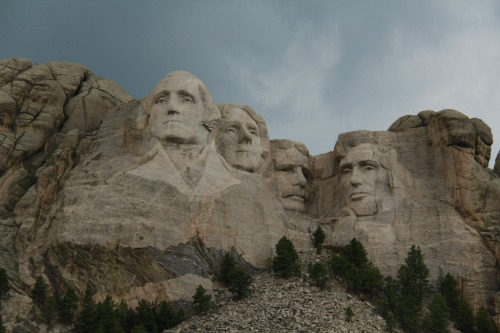
Mount Rushmore is meant to symbolize national pride, but its location tells a different story. The monument was carved into the Black Hills of South Dakota, land sacred to the Lakota Sioux. They never consented to the project, and the U.S. government had previously seized the territory in violation of treaties. That’s why it remains one of the most contested “sacred” symbols in American history.
The sculptor, Gutzon Borglum, had ties to the Ku Klux Klan earlier in his career—a fact that casts a long shadow. Despite that, the monument became an emblem of American resilience during the Depression. Tourists see the presidents’ faces as symbols of greatness, but the site’s deeper story challenges that narrative. It forces us to ask who gets to define “sacred” in the first place.
12. The American Bison
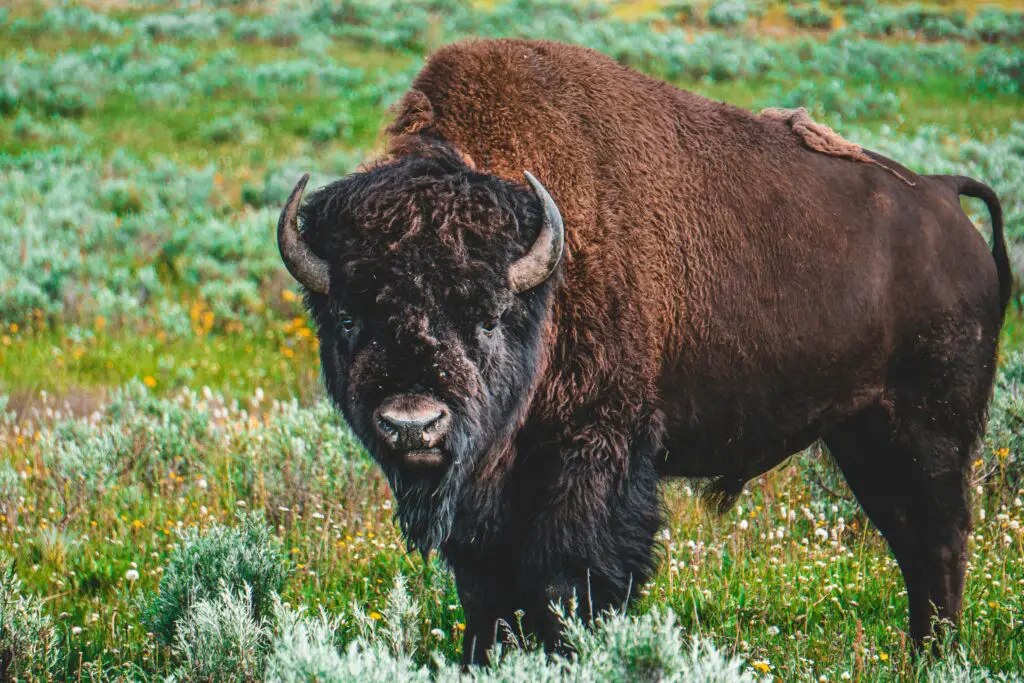
The bison, declared the national mammal in 2016, is more than just a nod to the frontier. Once numbering in the tens of millions, they were nearly exterminated in the 1800s as settlers expanded westward. Their destruction was both ecological and cultural genocide for Indigenous peoples who depended on them. The modern conservation movement that saved them is one of America’s rare environmental success stories.
The bison’s image has long appeared on nickels, stamps, and park logos. Its survival mirrors the nation’s own ability to adapt and recover from self-inflicted wounds. Standing before a herd in Yellowstone feels almost spiritual—a link to the continent’s untamed past. It’s a sacred symbol that had to be rescued from near extinction.
13. Uncle Sam
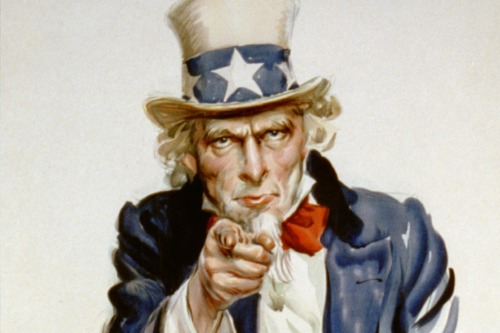
Uncle Sam’s stern face has symbolized U.S. government power for over a century. The character likely originated from a real man—Samuel Wilson, a meat packer from New York who supplied troops during the War of 1812. His barrels were stamped “U.S.,” and soldiers joked that it stood for “Uncle Sam.” The nickname caught on, eventually becoming a national personification.
The famous recruitment poster from World War I—“I Want YOU for U.S. Army”—cemented the image forever. What’s fascinating is how Uncle Sam has evolved: once a symbol of unity, he’s also been used to critique government overreach. Political cartoonists have made him a moral mirror for America’s actions abroad and at home. He’s both a mascot and a conscience, depending on who’s looking.
14. The Alamo
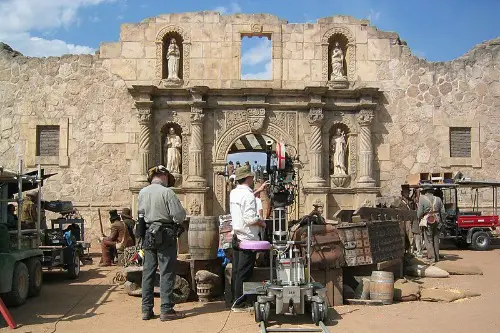
“Remember the Alamo” is one of the most quoted lines in American lore, but the battle’s story is more complicated than legend suggests. The 1836 fight wasn’t just a clash between good and evil—it was part of a messy struggle over independence, slavery, and land. Many of the Texan fighters were slaveholders rebelling against Mexico’s abolition laws. Yet over time, the Alamo became mythologized as a pure fight for freedom.
The mission itself was originally a Franciscan church, and it still carries a strange, sacred aura. Tourists treat it like a shrine, even though the narrative it represents is fiercely debated. For some, it’s a symbol of courage; for others, of conquest. Either way, it shows how history and heroism can blur when a story becomes sacred.
This post 14 “Sacred” American Symbols With Backstories Nobody Talks About was first published on American Charm.


